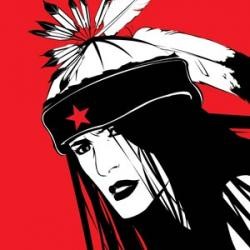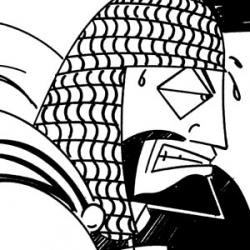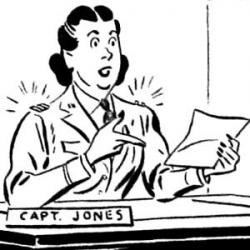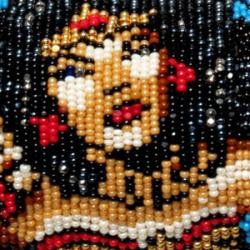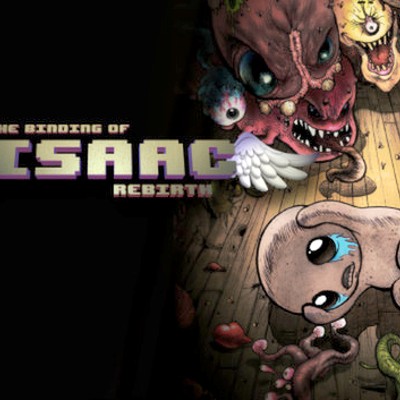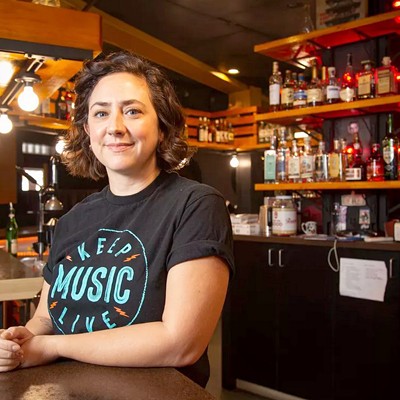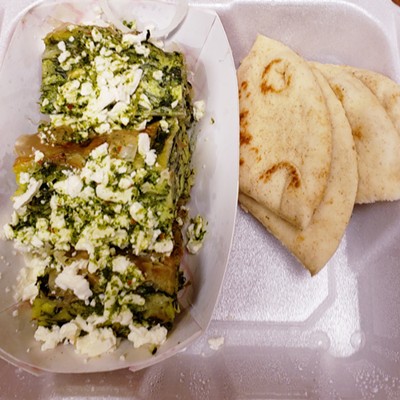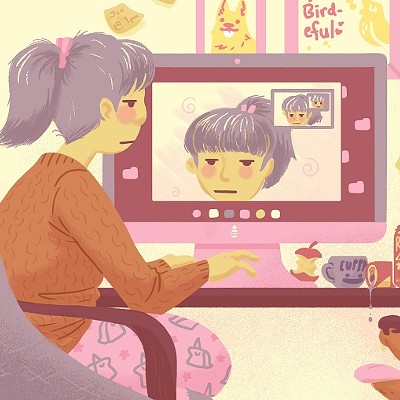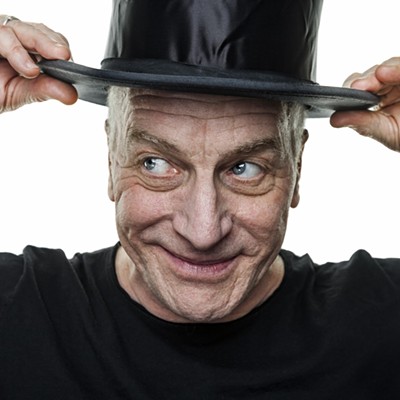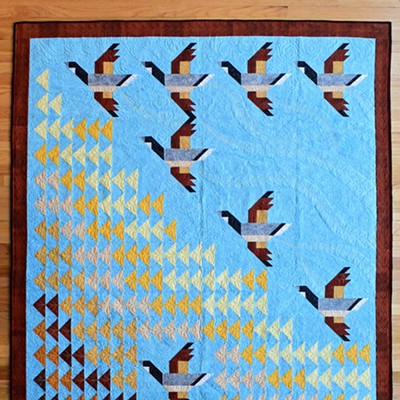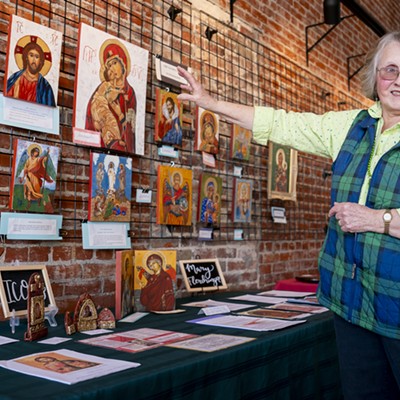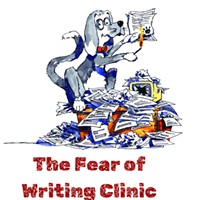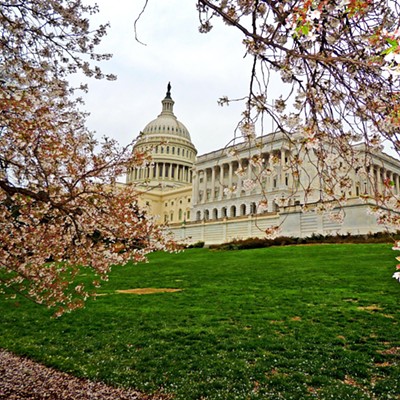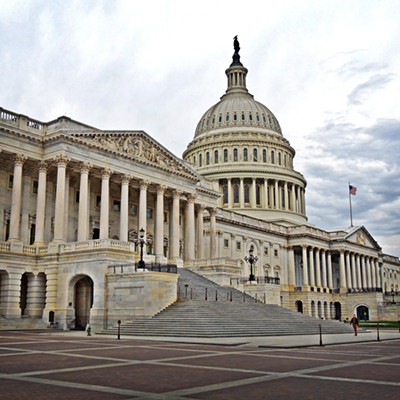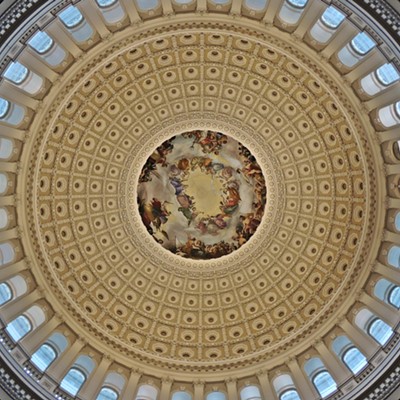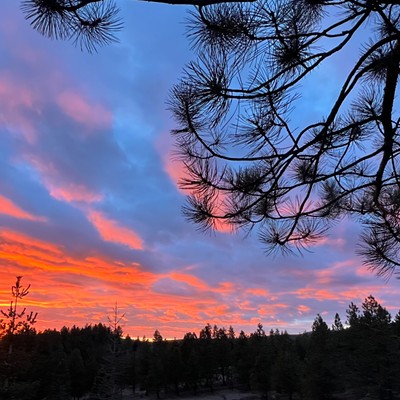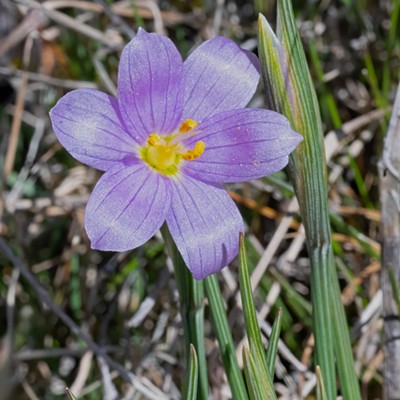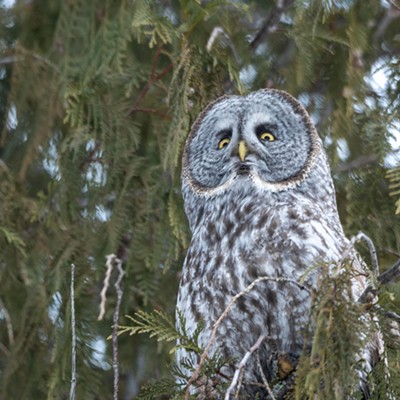At first glance a 10,000-year-old drawing on a rock might seem unrelated to a comic book but the closer you look the more similar they are.
Pictographs tell stories through pictures and so do comics, often communicating messages of resilience and strength. The exhibit “Comic Art Indigène,” opening Friday at the Prichard Art Gallery in Moscow, shows how today’s American Indian artists are using comics to express their identity, politics and culture.In the exhibit, traditional American Indian painting, drawing, pottery and beadwork is contrasted with modern work by artists including:
Marty Two Bulls Sr.
Two Bulls, an Oglala Lakota, is one of Indian Country’s leading satirists. His editorial cartoons for Indian Country Today Media Network comment on current events affecting American Indians, anything from Johnny Depp’s portrayal of Tonto and genetically engineered salmon to diabetes and sports mascots.
Diego Romero
Using a narrative style inspired by comic books, Romero creates exquisitely crafted ceramic vessels that blend an ancient art with humourous but confrontational comments on history, culture and colonialism. Romero was born and raised in Berkeley, Calif., to a Cochiti father and a non-American Indian mother.
Eva Mirabel
Mirabel grew up in Taos Pueblo, N.M., frequently visited by artists wanting to paint the people living in the 1,000-year-old adobe settlement. She joined the Women’s Army Corps during World War II where she created the comic strip “G.I. Gertie,” war bonds posters and other work.
“Comic Art Indigène” originated in 2008 at the Museum of Indian Arts & Culture/Laboratory of Anthropology in Santa Fe, N.M. It mostly features artists from the southwestern United States, but that was only because of the budget for the show, says curator Antonio R. Chavarria. As the show has traveled around the country to places like the National Museum of the American Indian in Washington, D.C., and the Palm Springs Art Museum in California, it’s become clear to him that artists in other areas are doing similar work. Chavarria will explore the current surge in popularity of comic art among native artists in a talk at 7 tonight at the Kenworthy Performing Arts Centre in Moscow.
What: “Comic Art Indigène” When and Where: - Curator Anthony Chavarria will speak at the 14th annual Distinguished American Indian Speaker Series at 7 p.m. Thursday, Oct. 17 at the Kenworthy Performing Art Center, 508 S. Main St., Moscow. A reception will follow at BookPeople of Moscow, across the street.
-A reception opens the exhibit at 5 p.m. Friday, Oct. 18 at the Prichard Art Gallery, 414 S. Main St., Moscow. The show runs through Dec. 1.

